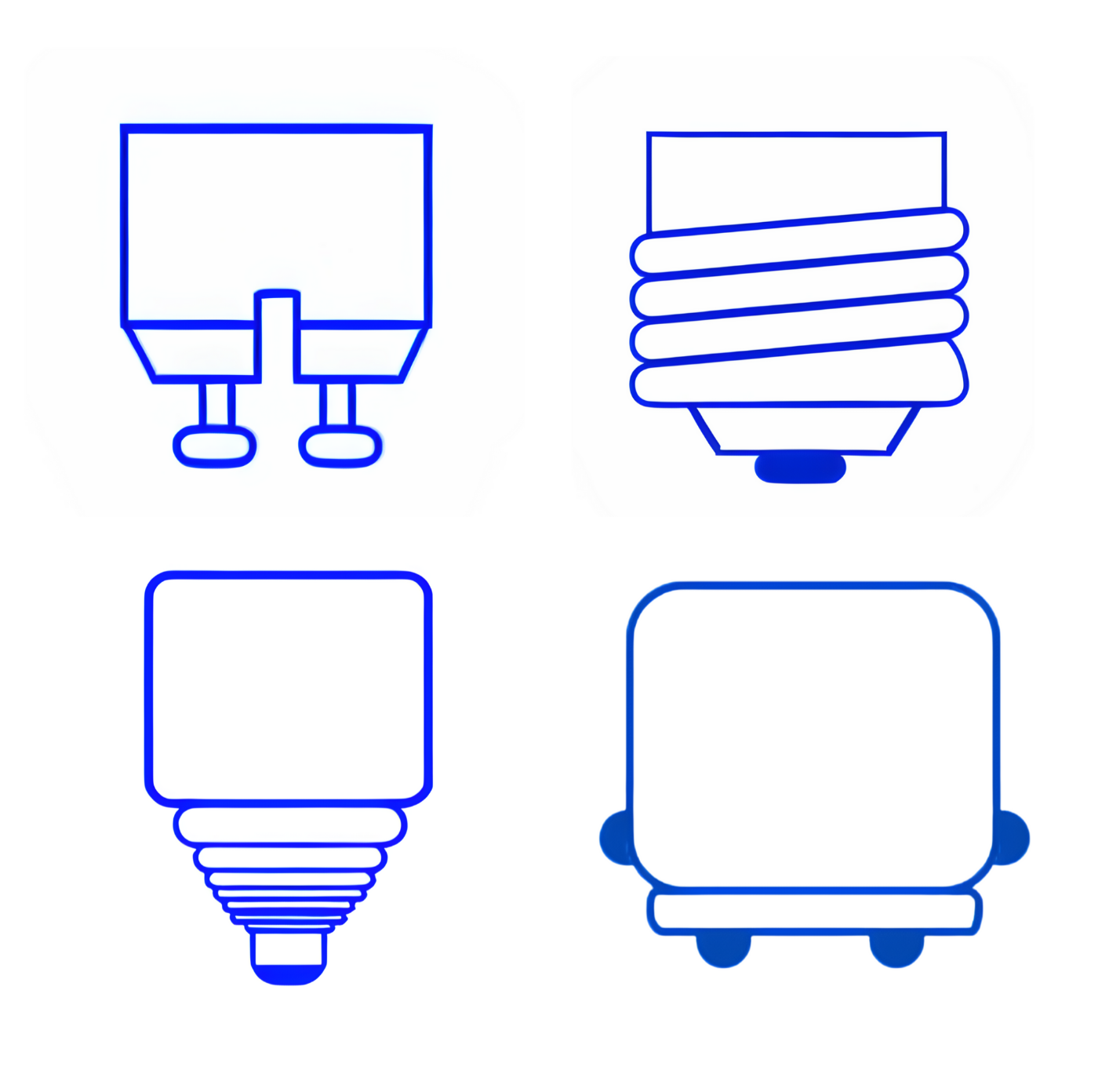
Released On 4th Jan 2024
So, exciting news.... we now sell light bulbs!
Navigating the Light Bulb selection can be perplexing if you aren't in the know, but fear not! We're here to help guide you through the basics.
E14
Also known as a Small Edison Screw (SES), E14s feature a smaller screw base. Mostly used in lamps and decorative lighting.
E27
E27 Bulbs, or Edison Screws (ES) have a larger screw base compared to an E14. Often used in standard overhead light fittings as well as table lamps, floor lamps and pendant lights.
GU10
GU10 bulbs are a G-type universal base with a 10mm space between pins. These are often recognised by their two pins and are installed by a twist and lock mechanism. Used in track lighting, recessed lighting and spotlights.
B22
B22 Bulbs feature a bayonet mount with two prongs that push and twist into the fixture. Frequently used in ceiling lights, wall lights and floor lamps.
| Watts and Lumens...why does it matter? |
|
Watts measure the amount of energy a light bulb consumes. Usually, a higher wattage bulb will be related to a greater brightness. However, with new LED tech and the energy efficiency LED brings, higher wattage is no longer an indication of brightness. In essence, lower wattage often means lower energy consumption without having to sacrifice brightness. Lumens measure the brightness of a light source. Lumens will directly indicate how much light a light bulb emits. The higher the lumens, the brighter the light will be. When choosing a bulb, one cannot be considered without the other. This is especially important when considering energy efficient lighting as various bulbs can provide different levels of brightness for the same amount of energy. Understanding the relationship between lumens and watts is crucial in order to select an energy efficient bulb and also to ensure you choose the right brightness. In summary, while watts indicate energy consumption, lumens indicate brightness. Keeping both in mind will allow you to make the most informed decision. |


